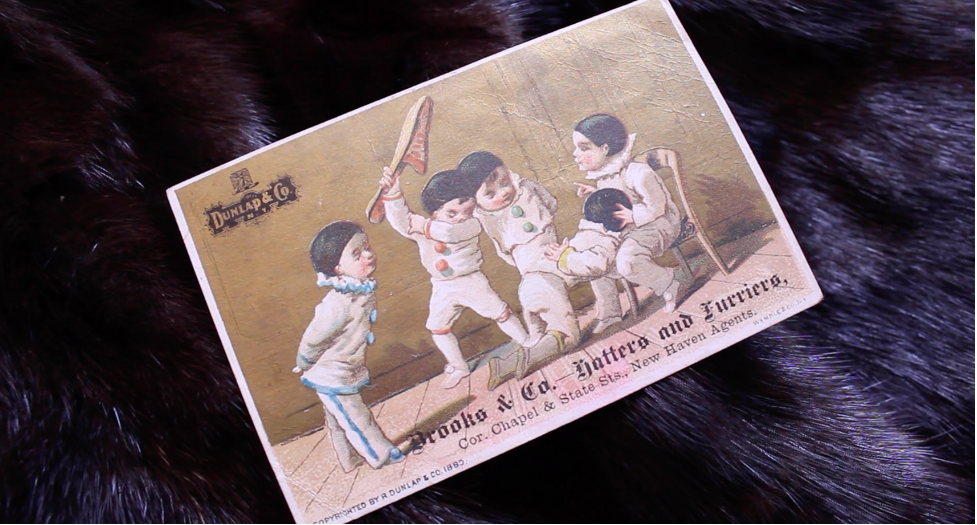I’ve always liked stories that work out okay. Once, when I was 15 or so, I threw a book across the room because the main character stepped aside so her best friend could marry the man she loved, because her friend loved him, too. (That book was, it turned out, a Jane Austen fan fiction retelling, so the pairing was predetermined. But that’s beside the point.) I loved the main character of this book and was furious that she ended up unhappy. I have always grown overly attached to the heroines of books, and I thought for a long time that meant I liked them.
For my 18th birthday, a friend gave me a copy of Geek Love. I was captivated from the first page by the Binewski circus family and their experimental children, in love with this strange family and with Oly, the narrator. Geek Love is not a pleasant book; it’s ugly and mean, and my inclination to like all of the characters was not supported by how cruel they all were to one another. Arty started a cult. The conjoined twins…perhaps I won’t say what happens with them. Miranda is presented as a character we can like, but even she is not necessarily likable.
But I loved every single one of them, while actively disliking most of them. And that made me wonder: Do book characters need to be likable? Do main characters, in particular, need to be likable? For many people, the answer depends on who that character is. A reader can love Patrick Bateman, actual (fictional) serial killer, but hate Bella Swan, (fictional) teenage girl. Sure, that’s because of sexism, and I will neither argue that it’s anything else nor dismiss that as irrelevant. Of course it’s relevant, but what I’m wondering is if it matters that Bella Swan is widely hated — she’s also widely loved, or at least Twilight is. (So is American Psycho, probably.)
Geek Love introduced me to the idea that I don’t have to like someone (fictional) to love them, that a complex and terrible character can be better than a simple and good character (see above, re: Twilight). It also, in retrospect, taught me that I am a simple fool who will convince myself that I like someone because I like their story, or because I think I am supposed to like the main character simply by virtue of their being the main character.
My other favorite book, besides Geek Love, is We Have Always Lived in the Castle. Merricat is very likable…to me. She tells her own story, as Oly does in Geek Love, and that closeness to the character surely contributes to the feeling of intimacy, tricks the reader (me) into liking them. Both are unreliable narrators, withholding information that might make us dislike them until we are in too deep. (Again, whenever I talk about us, or about a generic reader, I really mean myself.)
Copyright
© Book Riot




















